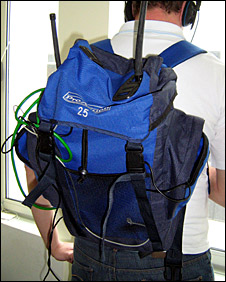The British radio listening figures, the RAJAR survey, are out for the fourth quarter of 2014. They make generally disappointing reading for the management and staff of BBC local radio stations, showing drops in listenership of up to 62%. Many other types of local and regional radio have lost listeners, too. On the other hand, the cultural beacon that is BBC Radio 3 has recovered from two rather bad quarters’ results.
The whole table is here.
But let’s not worry about all BBC local radio. Someone should be knocking on the doors of at least one station, BBC Surrey and Sussex, and asking what they’re doing. Their figures have gone way up this RAJAR, measured year-on-year, which is remarkable given what the rest of the country has seen. Three out of the six quarter-on-quarter measures show a drop, but that is common in quarterly results that show merely seasonal changes.
Something I remember from my earlier career was that a station’s presence among its listeners was paramount and, within that, locally relevant and well-curated speech generated many returns to the station’s programmes.
Until the 1990s, the BBC local station kit for each of the (often smaller) areas contained a radio car, liveried reporters vehicles and plenty of Glensound outside broadcast kit or even a multi-track recording van. And the station’s engineers would often create other portable transmitting apparatus e.g. BBC Radio York’s “Radio Shoes”,  a back-pack transmitter that could be cycled or walked into the city’s pedestrian centre. These devices, fully branded, allowed properly-trained reporters and broadcasters to be both visible and audible to large numbers of people at public events, shopping centres, transport hubs, etc.
a back-pack transmitter that could be cycled or walked into the city’s pedestrian centre. These devices, fully branded, allowed properly-trained reporters and broadcasters to be both visible and audible to large numbers of people at public events, shopping centres, transport hubs, etc.
On a typical Monday-to-Saturday breakfast show in the 1980s and 1990s, three stations that I personally know of would think nothing of getting four different locations on the air from the radio car with properly-researched reports or colour pieces, those stations being BBC Radios York, Shropshire, and Hereford & Worcester. Now that regions are generally larger, the smaller staff surely cannot maintain the same quantity and quality of physical presence?
In my opinion, solutions will be much more difficult than my harking back to the olden days. Budgets are massively stretched, and the market fragmented to an extent we never imagined. Yet someone at BBC Surrey and Sussex likes to get the local issues on the air, and follow them seriously, as I have observed. And the figures go up from one year to the next.
